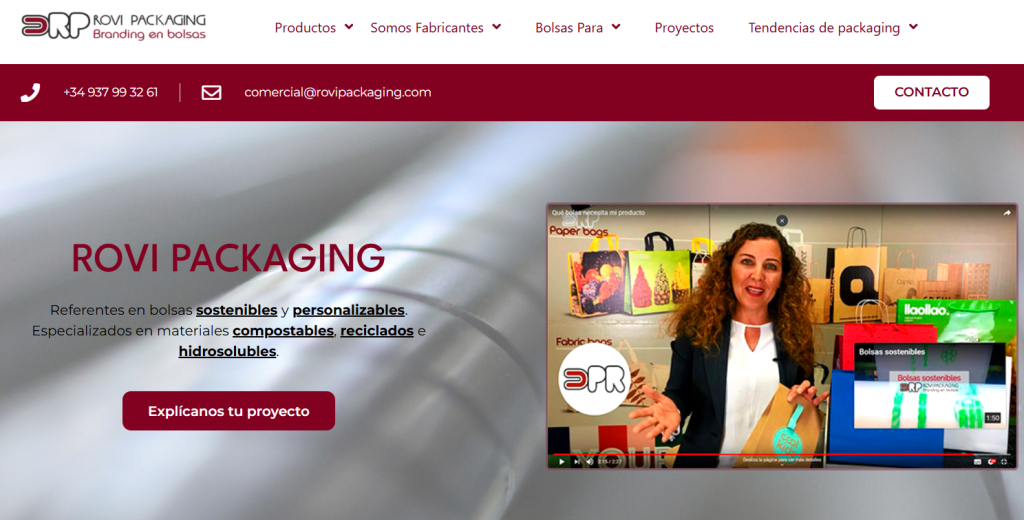CRONUTS.DIGITAL was born with a clear idea: to scale business with method, focus and courage. If you are looking to sell more and better, the answer does not lie in single tasks, but in a system that converts traffic into customers and customers into recurring revenue. And that is precisely what we are talking about today: from a practical point of view, we tell you how to structure a growth marketing strategy for SMEs, what decisions to make in each phase and how to sustain growth over time.
There is no guesswork here: there are diagnostics, hypotheses and result-oriented improvement cycles.
Are you ready to start making decisions that really scale?
Growth Marketing for SMEs: either you scale with method or stay in the same place
We are talking about an operational plan that aligns acquisition, activation, retention and expansion under the same business objective. It is not a list of actions, it is a system that connects channels, message, product and after-sales experience to move the same needle: sustainable revenues with margin. The key lies in three pillars:
- A clear value proposition that responds to a specific customer pain and can be proven with data.
- A traceable funnel from start to finish, with no blind spots between marketing, sales and service.
- A continuous pace of experimentation that reduces opportunity cost and prioritizes what generates the greatest impact on conversion.
Difference between a growth strategy and marketing as usual
Traditional marketing focuses on visibility. Growth marketing strategy for SMEs focuses on measurable impact. It changes the question. Instead of “how many visits do I have?”, it becomes “what percentage of those visits ask for a demo and how many of them close a contract? Instead of “how many impressions did the campaign achieve”, we look at “how much did each new client cost and what return does it leave in six months?
Another substantial change: growth is not limited to capture. It covers the entire life cycle. Optimizing an onboard, shortening commercial response times, cutting friction in payments, improving service delivery or introducing an expansion plan on current accounts can bring more benefit than increasing the ad budget. Growth is no longer dependent on the channel alone, but on the entire system.
Starting point: diagnosis without makeup
Before touching anything, it is important to look at the real map. A serious strategy starts with a diagnosis that answers simple and forceful questions. Which channels bring volume and which ones bring high-value customers. Where leads are blocked: form, discovery call, proposal, negotiation. What closing deadlines does the sales team manage and how does this affect the acquisition cost and cash flow.
This diagnosis does not require exotic software. Good web analytics, a tidy CRM and paid campaign records are enough. The goal is to get a dashboard that reads, at a glance, five critical pieces of information: traffic with intent, conversion rate to qualified lead, cost per qualified lead, close rate by segment and customer value over time.
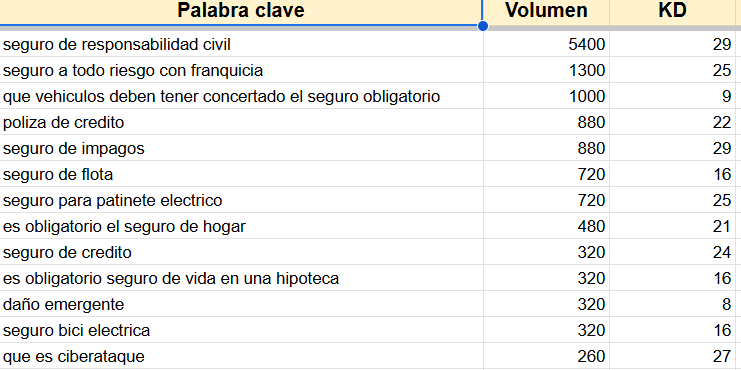
Metrics that matter to SMEs
In any business, time is of the essence. Sales cycles tend to lengthen and any optimization in the commercial stage can have more effect than a minor improvement in CTR. That’s why CAC and LTV are not looked at in isolation: they are read in light of the collection cycle, margins and seasonality of the industry.
The CAC must take into account everything invested in recruiting, nurturing and closing. LTV, on the other hand, is not a theoretical estimate: it must come from actual history, contracts and renewals. It is convenient to divide both by service line and customer size, because not all segments generate the same return. In Spanish SMEs with consultative selling, for example, shortening the time from first contact to proposal by one week can translate into a direct improvement in the closing rate.
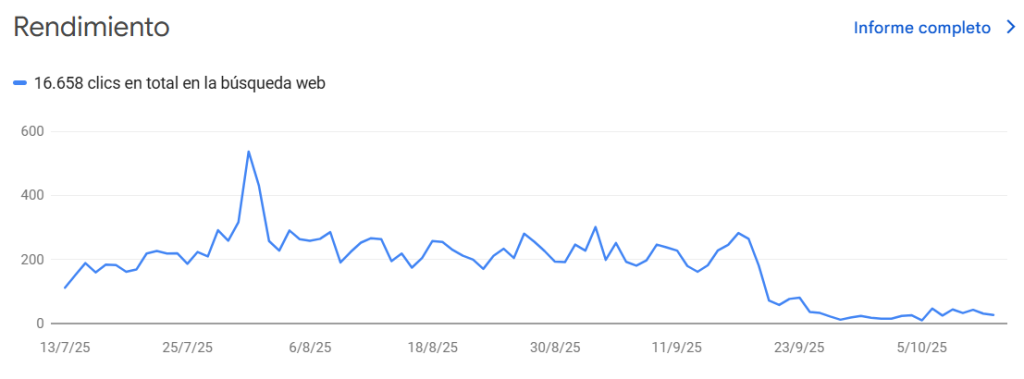
Value proposition and message: saying what the customer needs to hear
Without a clear proposition, no channel can save the campaign. A growth marketing strategy for SMEs requires a message that speaks to the customer’s problem, not the brand’s grandiloquence. Avoid generic promises and detail the pain you are solving, the evidence that supports it and the result the buyer can expect within a reasonable timeframe. Your voice should be direct and purposeful: every sentence should move the reader toward a decision, not entertain them.
The landing page reflects that approach. Clean visual structure, hierarchy of information, relevant social proof and a form that asks for just enough. A detail that makes a big difference: offer clear paths according to the user’s degree of urgency. Whoever needs to talk to sales today should not travel the same path as someone who is comparing options.

Acquisition channels that typically perform well for B2B SMEs
There is no miracle channel. There are combinations that, if well executed, tend to work when the ticket and sale are consultative. The growth marketing strategy should prioritize based on customer value, cost and speed of learning.
- In search engines, organic work with transactional intent pays off in the medium term. It gains ground with thematic clusters that demonstrate authority and with pages focused on recurring problems of the decision-maker. The approach is not to “publish for the sake of publishing”, but to resolve purchasing doubts and provide arguments that shorten the commercial cycle.
- In paid campaigns, it makes sense to start narrow. Few keywords with clear intent, controlled matches, high-performing pages and tight tracking of calls, forms and schedules. Optimization focuses on creative, pre-consulting search terms and ad/page fit.
- LinkedIn helps when the target audience is identifiable by position and industry. It is not about accumulating followers, but about generating business conversations. Publications that work on real objections, social proof aligned to the sector and an outreach process that respects the decision maker’s time. Differentiation comes when the content is not commonplace, but points of view that open a useful conversation for the buyer.
- Email is still a powerful lever if there is a good source of leads. It is not mass mailing, it is real segmentation, nurturing cycles that prepare the meeting and short, clear and personalized messages. Fewer pieces, more intent.
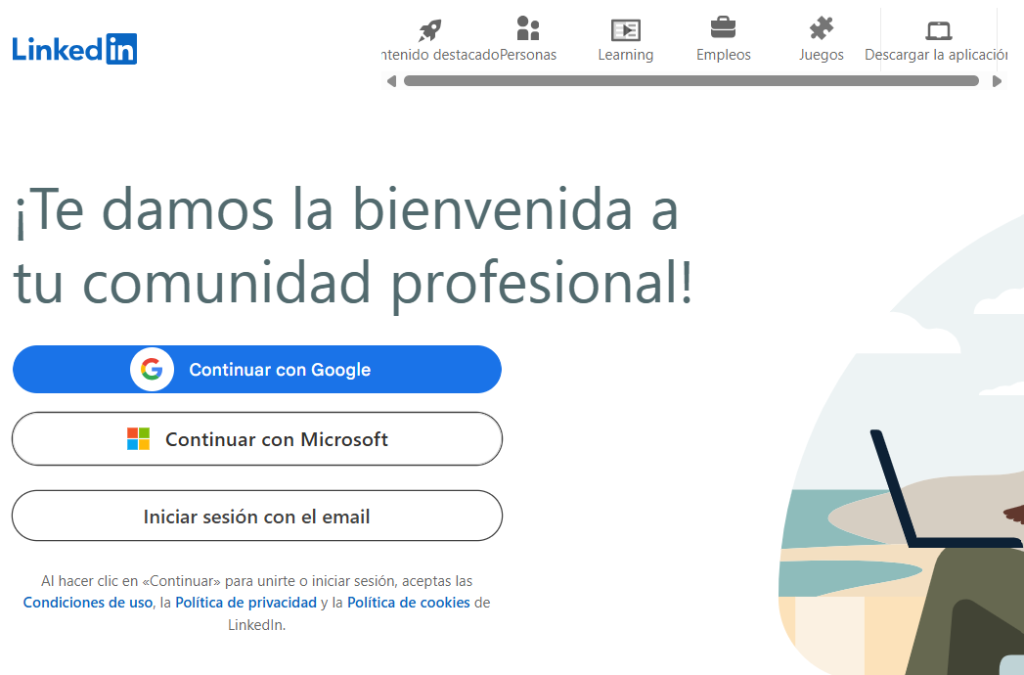
Activation: from click to qualified lead
Activation separates curious visitors from real opportunities. An effective strategy designs the post-click experience to accelerate decision making: short forms, visible agendas, recorded demo for those who don’t yet want to talk to sales, and a first email that delivers immediate value, not an empty greeting.
If the first contact arrives by call or WhatsApp, speed is decisive. Responding in minutes changes the probability of closing. That’s why you have to synchronize calendars, response templates and the distribution of leads in the team. The friction that is eliminated here is appreciated in the bottom line.
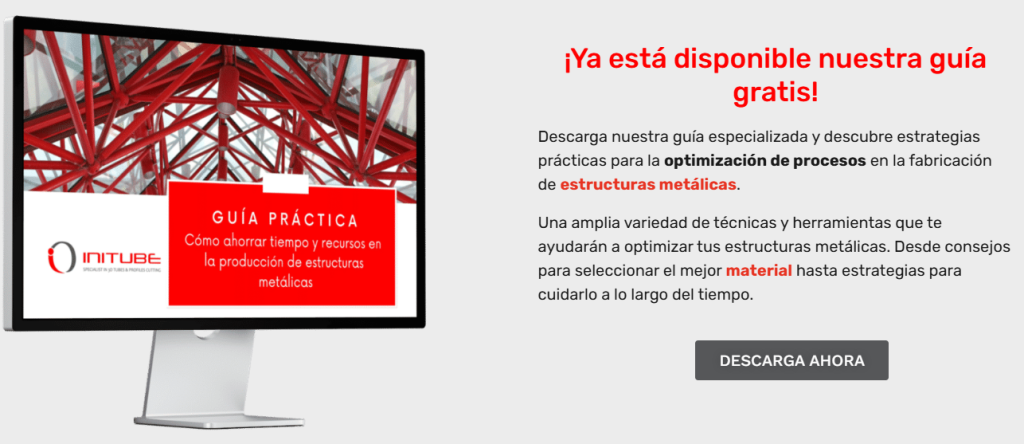
From lead to opportunity: how to sustain interest
The commercial phase should not break the thread. Proposal tools with modular sections and comparable cases shorten times. A good practice is to include implementation scenarios according to account size, with clarity on milestones, deadlines and responsibilities. The objective is to reduce uncertainty. Each piece of communication should serve the decision, not the aesthetics.
It is also advisable to record objections by type and respond with reusable material. It is not a matter of sending “more documents”, but of coming back with the response that addresses the decision-maker’s real bottleneck. Sometimes a neutral comparison or a 30-day start-up plan that demonstrates how to move from the signature to the first result is sufficient.
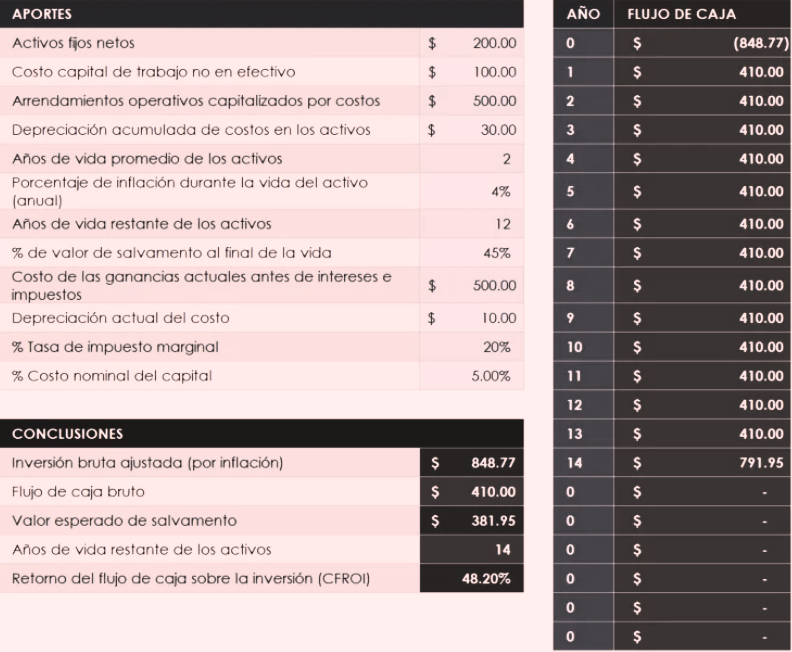
Retention and expansion: where the real winners are to be found
Acquire costs; retain and expand multiplies. In B2B accounts, a growth marketing strategy for SMBs with a complete vision incorporates post-sales milestones: adoption meeting, 45-day value review, quarterly check-ups and an expansion opportunity map aligned to actual service usage.
Post-sales communication should be as clear as the funnel. Short reports, focused on decisions, with clear proposals for the next quarter. When the customer knows what is working, what is not and what the team will do to correct it, trust grows and renewal is unlocked.
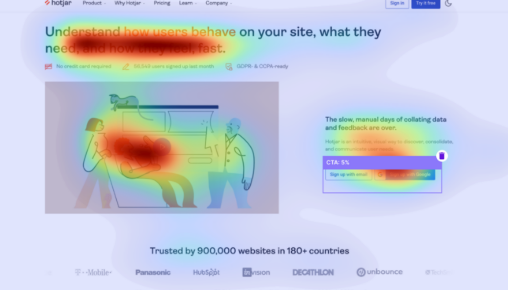
Continuous experimentation: cycles that never stop
Growth moves forward with experiments, not with occurrences. Choosing what to test changes everything. To prioritize, value estimated impact, ease of implementation and confidence in the hypothesis. The strategy should be reserved for weeks with a focus on two or three fronts maximum: channel, message and product. More fronts at the same time dilute learning.
Each test must have a defined success criterion and a measurement horizon according to the sales cycle. Testing a title in a landing page is not the same as evaluating a new commercial process. The former can be resolved in days. The latter, in weeks. The irrelevant is cut quickly; the promising is iterated.
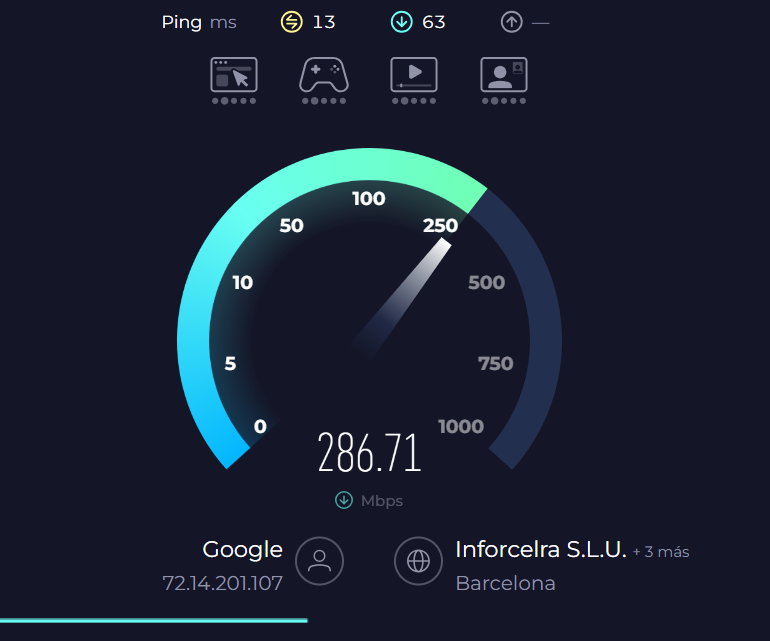
90-day roadmap to start without dispersion
The first three months set the tone.
First month
The work focuses on the diagnosis, the value proposition and the analytical basis. The message is adjusted on the web and two conversion paths are built: a quick one for those who ask for contact and an informative one for those who still compare. In addition, one or two channels are chosen with clear intent to initiate paid learning with spending control.
Second month
The focus is on activation. Forms, agendas and commercial response are optimized. Assets are created to attack frequent objections and a commercial script consistent with the marketing message is tested. At the same time, organic authority building is initiated with high-value content linked to real buyer problems, not generic topics.
Third month
The priority is to stabilize what is already showing return and eliminate what is distracting. Winning creatives are strengthened, unprofitable search terms are refined and bids are adjusted according to lead quality. The website receives improvements based on heat maps and session recordings to reduce leakage. And a minimum viable post-sales cycle is initiated: adoption meeting and delivery checklist, with a scheduled value review.

Message, design and experience: every element must sell
A common misconception is that design exists to show off. Design exists to guide. It demands textual hierarchy, clear contrast and calls to action that do not “invite you to learn more”, but push you to a concrete decision. A weak CTA costs money; a well-constructed one accelerates a sale.
Consistency between the ad, the page and the business conversation defines the quality of the lead. If the ad promises a diagnosis, the page must allow you to ask for it without friction and the team must be prepared to deliver it. Any misalignment translates into loss of confidence.
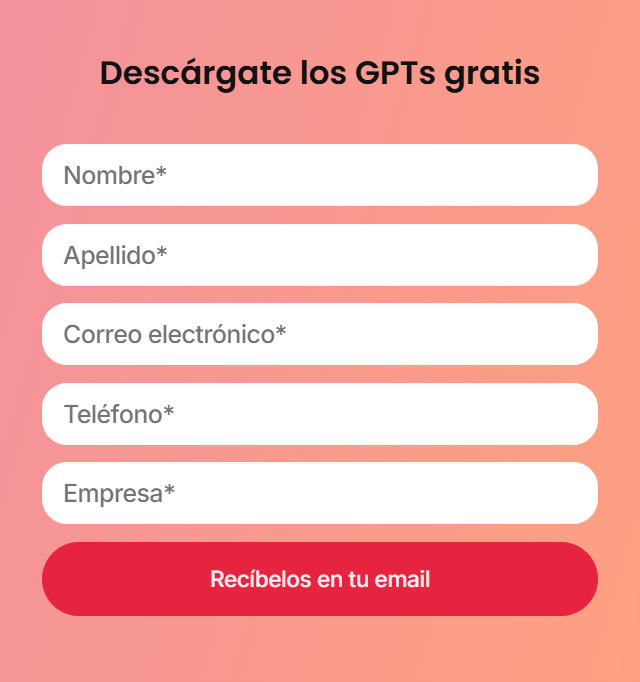
SEO with business intent: content that shortens sales
Organic SEO works when it addresses buying questions, not when it accumulates random topics. Build pages that address relevant comparatives, technical objections and implementation doubts. Each piece must exist to help the decision maker move forward. This does not contradict the creation of educational content; it reinforces it, as long as it connects to a visible conversion path.
For an SME, working keywords with transactional signal and semantics close to the service often performs better than chasing huge volumes with ambiguous intent. In fact, it is beneficial to work with content that explains “how to implement”, “what results to expect in 90 days” or “what mistakes to avoid when hiring”. That content doesn’t entertain, it sells clarity.
And we cannot forget the AEO (Answer Engine Optimization): engines no longer return only links, they synthesize answers and contexts based on entities, structured data and authority signals. For an SME, this changes the script: the content must answer questions with operational accuracy, provide verifiable figures and processes, and make the next business step clear. Well-implemented schema, decision-oriented FAQs, benchmarks with real metrics, “how-to” snippets and proprietary data pages will reinforce the likelihood of being cited by attendees and generative results dashboards.
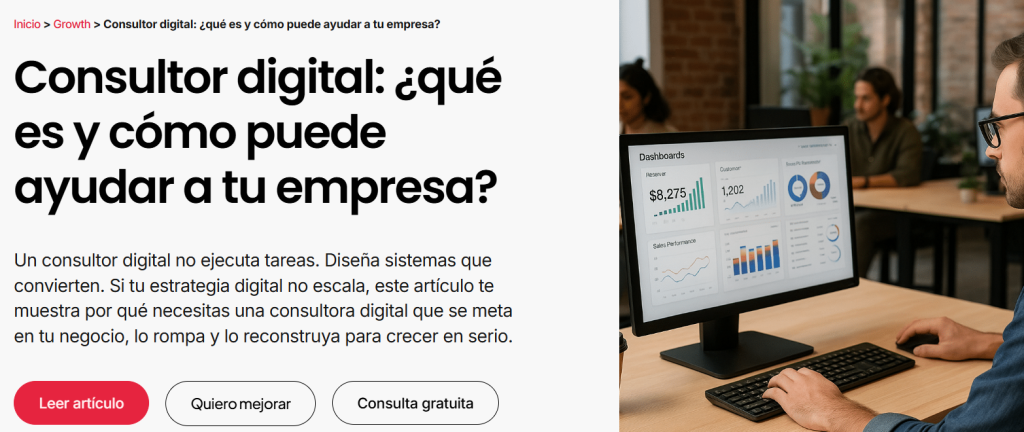
Paid media without waste: control before scale
Investing in ads makes sense when you control the entire journey. The work starts with term research, ads that speak to measurable benefits and pages that don’t distract. The first few weeks are used to learn, not to seek volume. The quality of the lead is measured with a magnifying glass: if the agenda is full of meetings that do not progress, the problem is not in the quantity, but in the fit between intention, ad and page promise.
Optimization addresses bids, refusals, schedules, devices and, above all, message consistency. A campaign that generates leads that don’t close is not a success; it’s a misdirected spend. The goal is to fill the pipeline with opportunities that can be converted into real revenue.
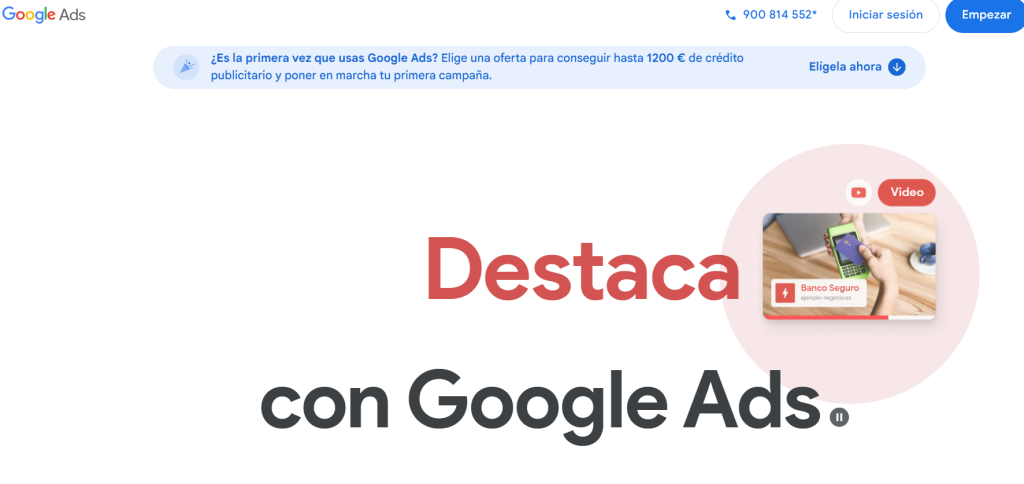
Marketing-sales alignment: the missing bridge for many SMEs
Growth slows down when marketing and sales speak different languages. The growth marketing strategy for SMEs solves this clash with simple agreements: shared definition of qualified leads, response times, lead return criteria and a live dashboard of opportunities by stage. Each week, roadblocks are reviewed and concrete decisions are made on what to improve in the next cycle.
These routines are not bureaucracy. They are the mechanism that transforms campaigns into signed contracts. When both teams share objectives and metrics, the sterile discussion about “quantity” is cut off and we enter the useful realm: “what do we need to close more and better”.
Real success: applying the method to grow with control
At Rovi Packaging we apply growth as a system: first we sort funnel data (traffic with intent, % of qualified leads, CPL, closing by segment and value over time) to decide where to act. We adjusted the value proposition and took it to the web with hierarchy, social proof and two conversion paths according to urgency. The content focused on purchasing doubts to shorten the decision, supported by SEO with intent and AEO. In acquisition, we combined organic content oriented to the decision maker’s problems with very limited paid campaigns and LinkedIn by position and sector. The activation took care of short forms, visible agendas and a first delivery of value after the click.
To convert interest into opportunity we used modular proposals and an ROI template that quantifies scenarios and reduces friction on price and timelines. The post-sales phase set clear milestones (adoption, 45-day review and quarterly check-ups) and an expansion roadmap based on actual usage. All within a 90-day roadmap that prioritizes quick learnings, cuts what doesn’t add and scales what shows return: method, focus and improvement cycles to transform traffic into customers and customers into recurring revenue. Results?
- First year sales increase of 10%.
- 20% increase in sales in the second year
- Automation of lead generation through search engine optimization.
- Increase in the number of indexed keywords, from less than 100 to 1,000 indexed words.
- Increased web traffic by more than 1,000%.
